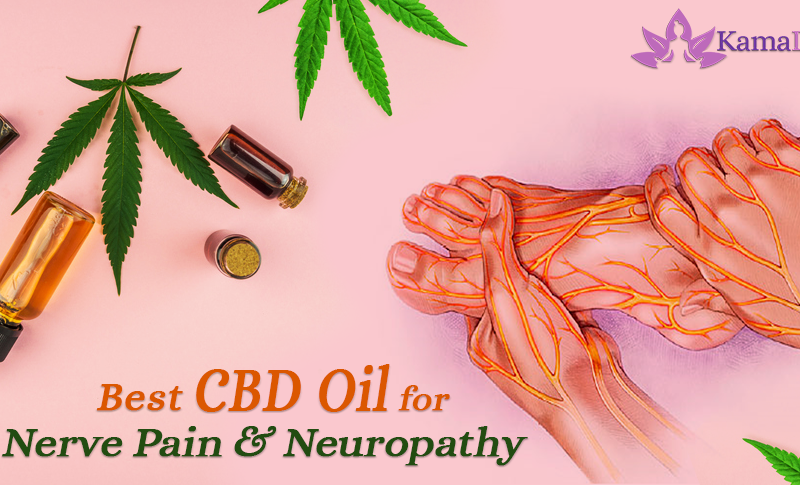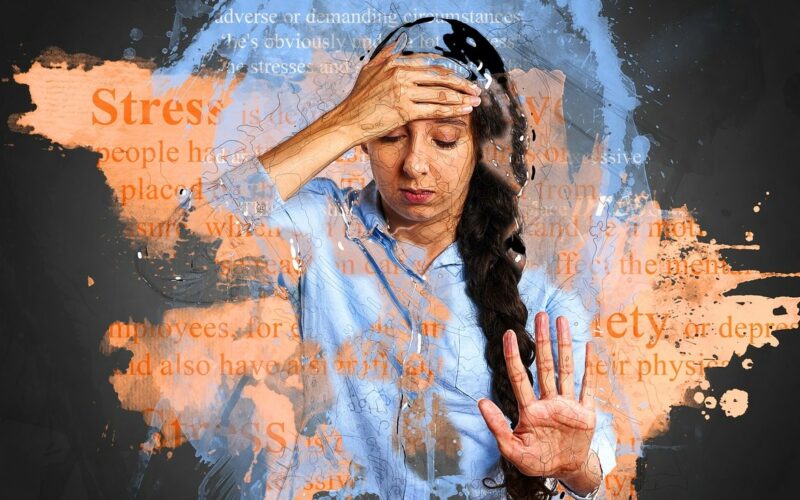Varicose veins, leg ulcers, and spider veins can be common health problems that affect many people. While these conditions may seem similar, they are actually different afflictions with unique causes and treatments.
By understanding the facts about each condition, you can better manage your health and seek appropriate treatment if necessary. Here are some key points to know about varicose veins, leg ulcers, and spider veins.
What Are The Main Differences?
Varicose and spider veins are both caused by damaged valves in the veins. When these valves are damaged, they allow blood to flow backward and pool in the vein.
This can cause the vein to become enlarged and twisted. Several factors can contribute to the development of varicose veins, including age, pregnancy, obesity, and a sedentary lifestyle.
The most common symptom of varicose veins is pain or aching in the legs. Other symptoms may include itching, burning, cramping, swelling, and restless legs.
Spider veins are similar to varicose veins but smaller in size and do not usually cause any pain or discomfort.
However, some people may experience itching or burning around the affected area. If you believe you may have varicose or spider veins, it is important to consult a health care professional for an accurate diagnosis.
Leg ulcers are wounds that occur on the legs and do not heal within a few weeks. Leg ulcers are a common problem, affecting up to 1% of the population.
There are many causes of leg ulcers, but venous insufficiency is the most common cause. This occurs when the valves in the veins that are responsible for returning blood to the heart become damaged or weakened.
This can cause blood to pool in the legs, leading to swelling and inflammation. Other causes of leg ulcers include arterial insufficiency, diabetes, and certain autoimmune diseases. Treatment for leg ulcers depends on the underlying cause.
How Can I Prevent Them?
Varicose veins, leg ulcers, and spider veins are all common vascular disorders that can cause serious problems for patients. If left untreated, these conditions can lead to debilitating pain, swelling, and even infection.

Fortunately, there are a number of effective treatments available for each condition. In the case of varicose veins, sclerotherapy is often used to close off the affected vessels and prevent further blood flow.
Varicose veins and spider veins can be unsightly and painful, but there are several things you can do to prevent them. Exercising regularly helps to keep your blood flowing, and wearing loose-fitting clothes ensures that your blood is not restricted.
Additionally, elevating your legs when you are sitting or lying down allows gravity to assist in the circulation of your blood. Finally, avoiding long periods of standing decreases the amount of time that your veins have to work against gravity.
By following these simple tips, you can help prevent varicose veins and spider veins. When it comes to leg ulcers there are some changes you can make to prevent them.
First, it is important to keep your legs clean and dry. If you have any cuts or scrapes, be sure to clean them with soap and water and apply an antibiotic ointment. Second, make sure to wear comfortable, supportive shoes.
If you have diabetes, be sure to check your feet regularly for any signs of injury or infection. Finally, if you have any risk factors for leg ulcers, such as poor circulation or diabetes, be sure to talk to your doctor about ways to prevent them.
Which Treatments Are Out There?
There are a number of different treatments available for varicose veins, leg ulcers, and spider veins. While some treatments are more effective than others, it is important to discuss all of your options with a qualified healthcare professional before making a decision.
Doctors all over the country, like a good Fort Worth vein clinic, should offer several treatments for varicose veins, leg ulcers, and spider veins.
One popular treatment option for varicose veins is sclerotherapy. This involves injecting a solution into the affected veins, which helps to collapse the vein and reduce its appearance. Sclerotherapy is generally considered to be safe and effective, although it may not be suitable for everyone.
Another treatment option for varicose veins is endovenous laser therapy (EVLT). This involves using a laser to heat up and seal the affected vein. EVLT is generally considered to be safe and effective, although it may not be suitable for everyone.

Spider veins can often be treated with topical creams or gels that help to reduce their appearance. These creams and gels are generally safe and effective, although they may not be suitable for everyone.
Spider vein treatments are also available that involve using lasers or other light-based technologies to destroy the affected vessels. These treatments are generally safe and effective, although they may not be suitable for everyone.
For those with leg ulcers, compression therapy is often recommended. This involves wrapping the affected area with special bandages or garments that help to reduce swelling and improve circulation. Compression therapy is generally safe and effective, although it may not be suitable for everyone.
Barbra Maranda
Latest posts by Barbra Maranda (see all)
- Top 4 Most Common Misconceptions About Laser Tattoo Removal - May 2, 2024
- 6 Study Tips For College Students - March 27, 2024
- Benefits Of A Smoke-Free Home - March 13, 2024




